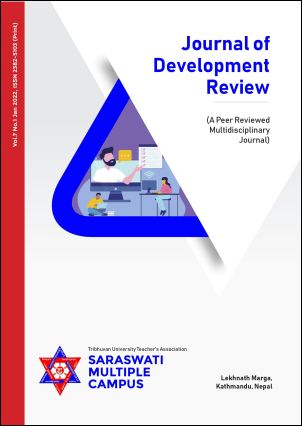Risks in Nepalese Microfinance Institutions (MFIs): A Review of Best Practices
DOI:
https://doi.org/10.3126/jdr.v5i1.51127Keywords:
credit default, institutional risk, loan delinquency, operational risk, recognition testAbstract
This article aims to analyze possible risks in microfinance institutions (MFIs) in Nepal during the loan disbursement decision. Effective risk management allows MFIs to capitalize on new opportunities and to minimize threats to their financial viability. MFIs consciously take a risk to fulfill their dual mission of sustainability and outreach to the poor. Consequently, they are exposed to a spectrum of risks which include institutional risk, operational risk, financial risk, and external risk. MFIs need to manage these risks for their survival and sustainability. They take risks every day by lending money to people without credit histories, without business records, and often without collateral. Each MFI takes risks to operates as a successful microfinance institution. But it is important to take calculated risks. Risk Management is always focused on the process of taking calculated risks. It includes both the prevention of potential problems and the early detection of problems. Risk management is an ongoing process of systematically identifying, measuring, monitoring, and managing risks in MFIs. It is important to ensure that MFIs operate in a safe, responsible, and sound manner towards their mission.




